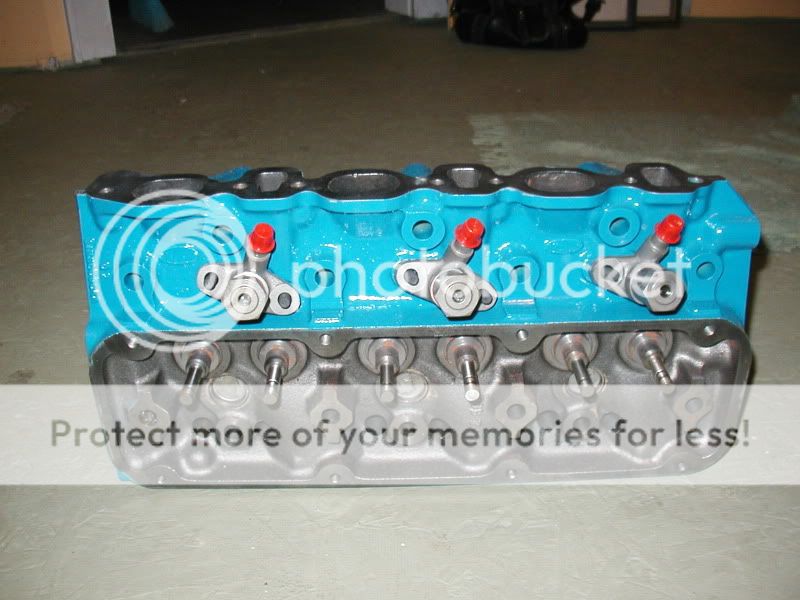(quoted from post at 22:54:21 03/22/10) I bought a new head and all new valves and springs for one of my tractors. Do people still lap new valves in or was lapping pretty much a technique used to get a few more miles out of a head. Do people still use gear bluing and fit them in that way?
I'm just wondering what others here do before I go ahead and assemble this thing. I've always just taken my heads in to the machine shop for a valve job and torqued them on when they were done.
Thanks
I have always did my own valve work,,, always lap'em,,, most of the time spray the seats with the blue chit so I can see how wide the seat is when done lap'n,,, even then go back a leak check with fluid and air...
Just installed new seats and valves in a N block,,, cut the seats lapped the valves,,, after I installed them with valves closed pored a little varsol on each cylinder valves closed and looked for leaks thru the ports,,, even blew a little air at the bottom of the valve,, I hate to get beat when I am this close to it....
Back around 1992 I thought I was good,,, installed a head,,,,had a leaker after that I confirm it while I am close to it :wink: its a over kill but I don't mine doing it,,,, my machine shop man either hates me are likes me dunno,,, I recheck and clean every thing behind him....
I started out wranch'n in a shop were they did their own head work,,, bunch of old timers that were old school,, shops use to do their own valve work but its a lost art.... I have sent heads out for seat work ,,, machine shops make a lot of mistakes you have to recheck their work,,, they also think they are to good to fudge up


